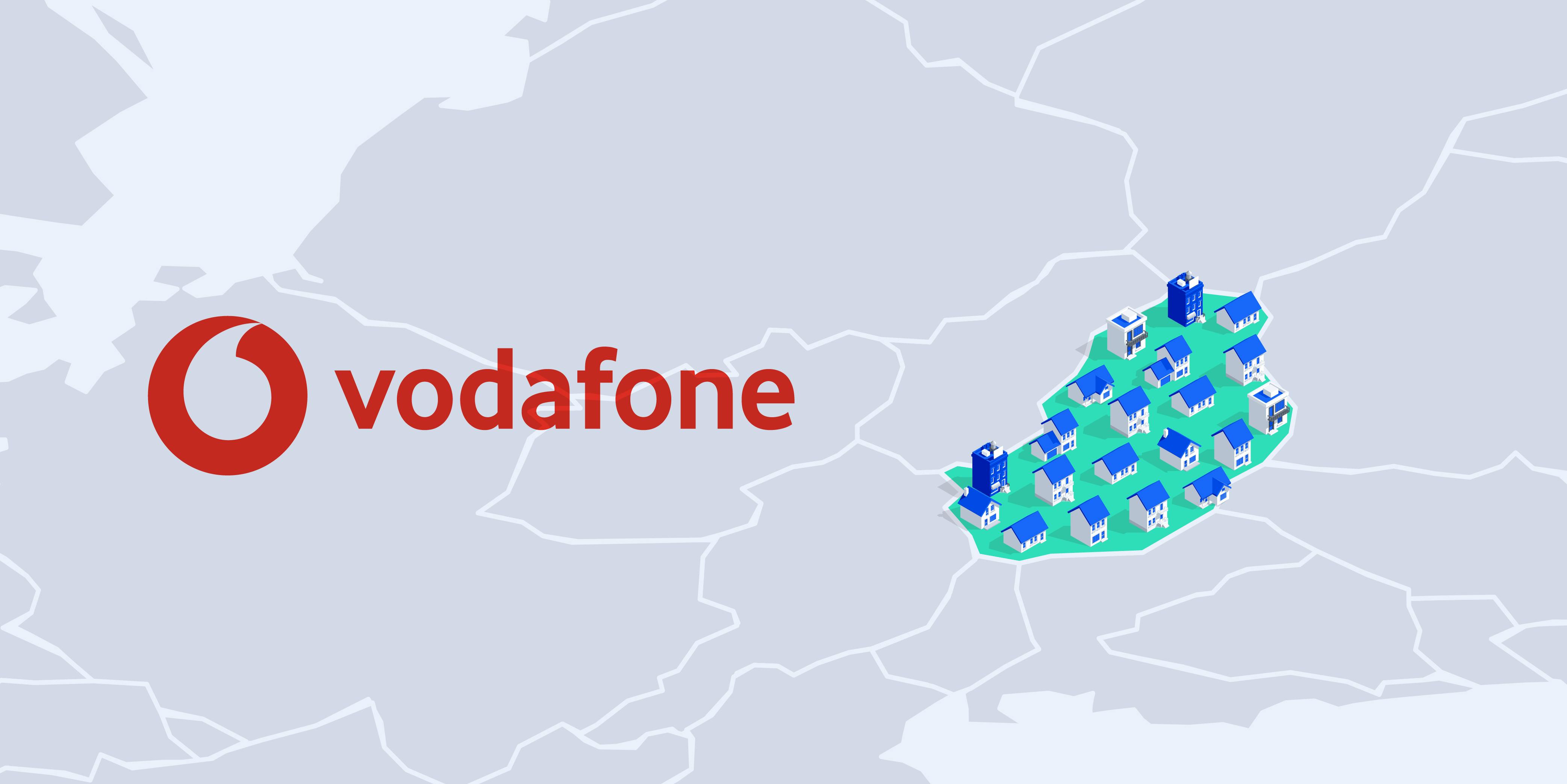Setting the scene
As of 1st January 2022 Hungary became one of the first EU countries to comply with the new regulations put in place by BEREC (Body of European Regulators for Electronic Communications).
These new regulations were designed so that broadband customers could challenge their ISP if they thought they weren’t getting the service they were paying for; BEREC puts the responsibility on the ISP to prove their service, not the customer to prove a fault.
As a result, the Hungarian regulatory body (NMHH) implemented a regulation that all ISPs must be able to prove they can measure 80% of the product’s advertised speed to the customer’s CPE, for 80% of the time the internet is used.
The task: how to overcome the 1Gbps LAN interface bottleneck
Vodafone Hungary approached us late in 2021 as they realised they quickly needed help to make sure they could comply with the new EU BEREC regulations ahead of the 1st January 2022 launch date.
To comply, they needed to prove they could provide speeds greater than 1Gbps for customers on their highest package. The challenge here being that despite most routers being equipped with a 1Gbps network interface, they can only support a maximum speed of 940Mbps.

The speed shortfall is because data transmitted over networks is broken into packets, with each packet containing a header that describes where the packet is from, where it’s going to, what port it’s destined for, and much more. In fact, each packet tends to have multiple headers, such as Ethernet header, an IP header, and a TCP (Transmission Control Protocol) or UDP (User Datagram Protocol) header. All these packet headers take up space, about 4% of each data packet, and is commonly referred to as “packet overheads”.This means every packet has less room to carry the data you’re trying to measure and it’s why a 1Gbps port can only handle 940 Mbps.

SamKnows helped Vodafone prove speeds beyond 1Gbps in record time
Our usual recommended solution to measure speeds above 1Gbps is to embed our software Router Agent inside your customers’ routers which is unconstrained by the 1Gbps LAN ports.
But in order to help Vodafone Hungary hit their 1st January deadline, we developed a quick workaround that used two SamKnows’ Whitebox 8s simultaneously. By using multiple Whiteboxes we simply needed to add the results together, allowing us to measure speeds up to 1.8Gbps through a standard 1Gbps LAN port.
The result being that Vodafone Hungary were compliant with the new regulations.
----
Vodafone Hungary was the first EU country to comply with EU regulations
Within six weeks, and ahead of other European countries, Vodafone Hungary met the requirements to be compliant with the BEREC regulations. Due to this success, SamKnows now forms a critical part of Vodafone Hungary’s customer complaints process, with the customer escalation team using us to support on customer complaints that have been reported because of this new regulation.

----
What’s next?
The SamKnows and Vodafone partnership is expanding. We are exploring how we can work together to further improve the customer service, and we are liaising with Vodafone’s EU divisions to make sure they are prepared for when the BEREC regulations become mandatory in their country.








































